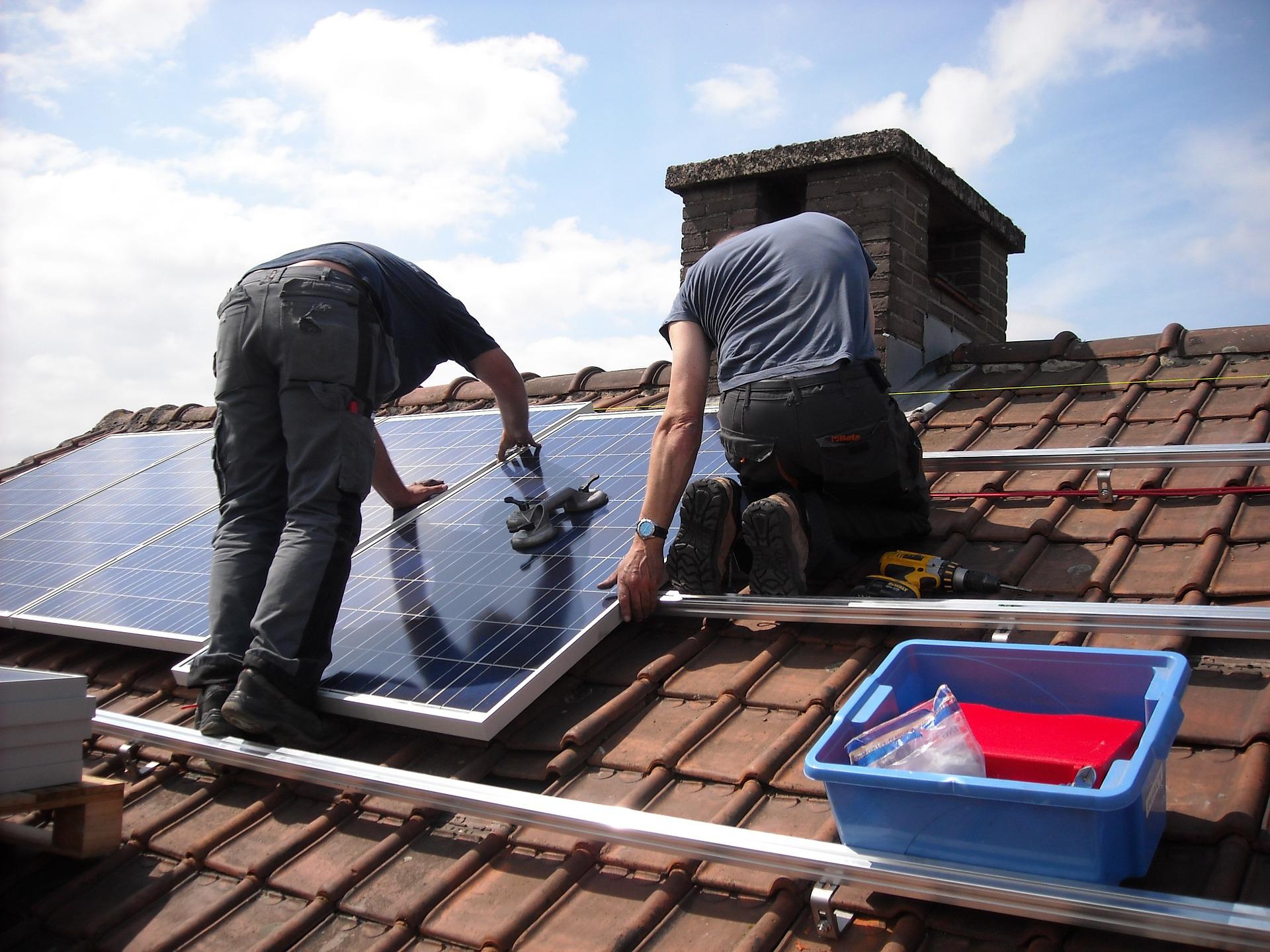If you’re planning to install a PV system, you’re probably wondering how to connect up the panels to your battery. Most solar panels have a small junction box on the back that contains the positive and negative polarity wires. You will need to align the junction box with the wires from your battery’s negative terminal. Some solar panels come as paired units. In this case, you will want to connect both the positive and negative terminals to the same battery.
There are a few steps you need to follow when connecting your PV system to your utility. First, you’ll want to find out whether your neighborhood’s building codes allow you to do it yourself. Some communities have restrictions that prevent the installation of solar panels, and your homeowner’s association may require that you get permission from the association first. When connecting your system, make sure to connect the solar wires to a new circuit breaker, either a double-pole or dual-space breaker. Using the correct size of disconnect box is also essential. Some inverters come with this.
You’ll also need to know how to wire your solar panels. Solar panel wiring is a fundamental part of installing a solar PV system, and the following steps can help you get started. Learn about how different stringing configurations affect the power, current, and voltage output of your system. Then, you can choose an appropriate inverter. This step is critical because it determines how much energy your solar panels can generate.
Another key step in connecting solar panels is to know how to match the panels to the inverter. You must ensure that the conditions of the panels are in line with the requirements of the inverter. If there is mismatches between the voltages of the panels, the PV system will not generate as much energy as it should. You must also account for any environmental conditions. If your solar array has varying conditions, you can separate them into separate strings or use an alternative MPPT (modular-level power electronics) to maximize production and minimize cost.
If you’re looking to expand your solar power system, it’s important to consider the amount of batteries and additional panels you’ll need. During the dark months of winter, the solar power capacity will reduce by about 10% to 20%. Adding more batteries is a great way to make your solar power system more reliable, especially if you live in a region with long, dark winters. Also, consider using a backup generator in case your system isn’t enough.
Depending on your needs, you can choose from among different solar panel sizes. You can also select the length of your cable based on its Vmp and IMP values. In order to make sure you get the correct cable size, use an online calculator like the one provided by the RENOGY website. If you’re unsure, you can check the specs of your solar panels. You’ll find the proper cable length when you install your system.
Parallel wiring is another option for increasing the total voltage of your PV system. By wiring the panels in parallel, you’ll be able to get higher voltage and amperage from one panel than from two. Parallel wiring is a good option for a larger solar system. The following diagram will show you how to connect up your solar panels. You should also remember to choose the correct voltage and amperage inverter for the size of your system.
To install a PV system, you’ll need to connect two or more solar panels in series. You can install a single panel on the roof of a building, or multiple panels on the ground. You should make sure that you have no obstacles between the panels as they can block the light and create shade. You should also obtain the necessary authorisations before installing your system. You can find these details in our guides and FAQs.
Once your solar panels are installed, you should choose a location that allows them to face south or north depending in which hemisphere you are in. ( Northen hemisphere = south while southern hemisphere = North ) It is recommended to install them on a south-facing roof as this will maximize the amount of solar energy available. Otherwise, you can install them on external supports and incur additional costs for hardware and cables. But this option is not recommended for most people as the cost of these options can add up quickly. So, you should carefully consider where you’ll place the panels before purchasing your solar panel installation.

